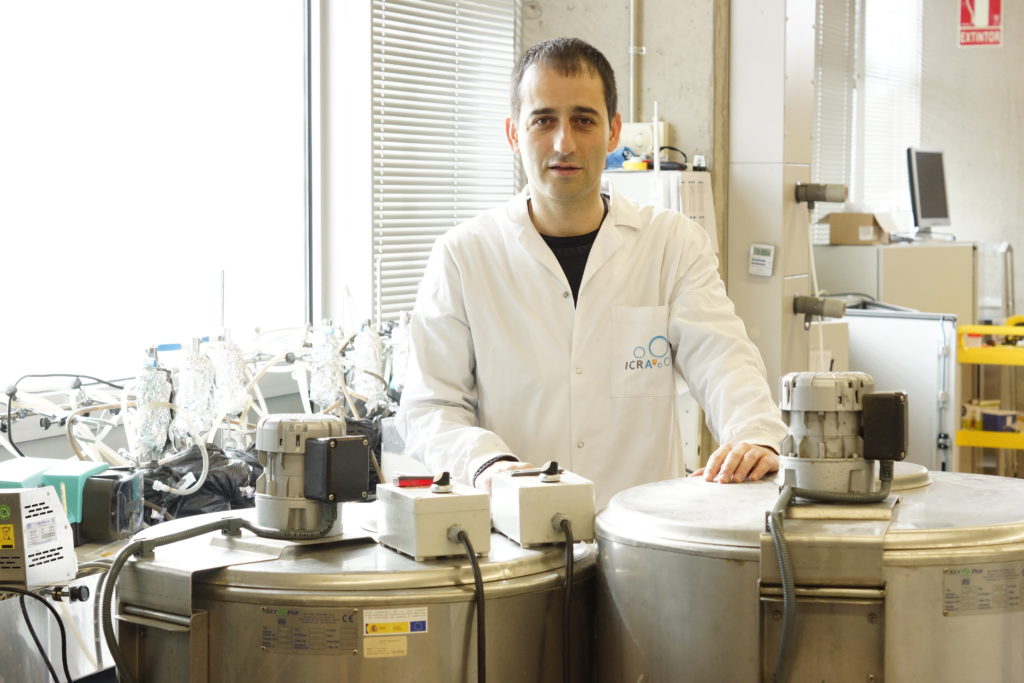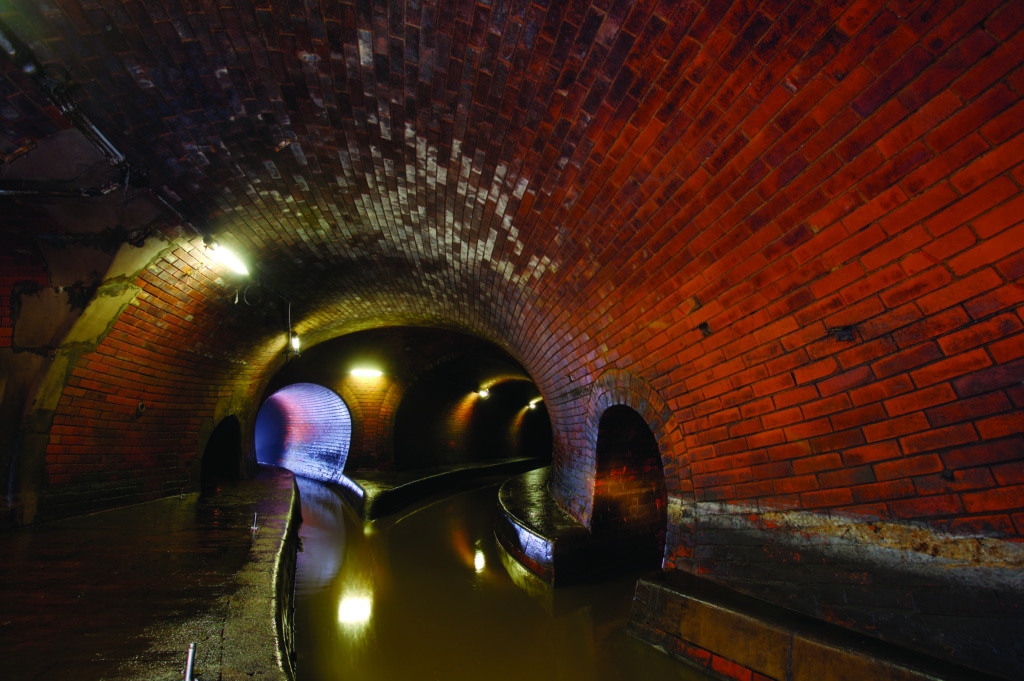Using a single set of pipes to drain wastewater and excess rainwater, combined sewer systems are the norm in most European capitals. But heavy rains push their capacity to its limits, leading to overflows that can contaminate the local environment. How can cities pinpoint problem spots over vast sewer networks? We talked to Oriol Gutierrez, researcher at the Catalan Institute for Water Research, about how the digital-water.city solution being developed by his team and Spanish company IOTSENS can do just that – by combining simple temperature sensors with the power of IoT and AI technology.
The sewer system is essential to our health and wellbeing, yet most of us don’t think much about what happens to water once it leaves our homes – how did you become interested in wastewater treatment?
When studying chemical engineering at university, we learned how bacteria is used to clean water at the treatment plant. This caught my imagination – the treatment process as a place where you see the connection between water and living things, from humans to the tiniest microorganisms. My interest grew from there, and now I have been researching wastewater collection systems for over 15 years.
How did you get involved in the digital-water.city project?
Our team at the Catalan Institute for Water Research specialises in wastewater technologies, and we had been working on a solution for an issue identified here in Spain: a lack of information about the problem of combined sewer overflows. So when we were approached to join digital-water.city, we were more than happy to contribute our expertise on this topic and demonstrate the potential of this solution to a European audience.
Tell us more about this urban water challenge – what exactly is ‘combined sewer overflow’?
The main type of sewer infrastructure in European cities is the combined sewer system: a single set of pipes transports wastewater to the treatment plant while also draining excess rainwater to prevent flooding. In dry weather, this works fine: all the water simply flows to the treatment plant to be cleaned before being released to the environment. But when it rains heavily, you have a problem: as the capacity of these pipes is limited, too much stormwater can cause an overflow – and the rainwater-wastewater mix gets released to the environment directly without the proper treatment. This creates serious environmental and health risks due to contamination in urban waters, rivers and coastal areas.

Your research for digital-water.city focuses on Sofia and Berlin – is overflow a problem faced by these two cities in particular?
It’s a problem common in many cities across Europe – north, south, east, west. In ‘newer’ urban areas, modern infrastructure uses two parallel sewer networks to collect waste- and rainwater separately, so overflow is not an issue. But in older cities like Sofia and Berlin, a combined sewer network is generally the norm. So the problem has been around for a very long time, but research into solutions has really stepped up in the last ten years.
And how does your digital solution address this challenge?
It’s based on a simple concept: we place temperature sensors at specific locations in sewer pipes to measure changes in temperature when water levels rise or fall. These sensors capture data from across the network, which is then sent to a central platform for analysis. With the help of AI algorithms, we can filter out the important information from this huge volume of raw data, to pinpoint when and where an overflow event is occurring.
Our expertise is in the development and installation of the sensors in the field, and we work closely with Spanish partner IOTSENS on the data side: as specialists in Internet of Things technology, they are developing the data platform and access interface.
What makes this different from conventional approaches to detecting overflow events?
The technologies currently available to monitor overflow are very expensive and to get the insights you need, you have to cover a vast area: in Sofia, for example, overflow structures exist in around 350 locations. What makes our solution so promising is that these temperature sensors are relatively cheap, allowing you to gather data over many kilometres of sewer network. At the same time, they are highly robust and provide very good information. So our hope is that the solution will benefit not only big cities with big budgets, but also smaller towns that face the same problems with fewer resources.
How does the data help cities take practical steps to solve these overflows?
Well to address the issue, you first have to know where it’s happening – and the solution provides that valuable information that many cities simply don’t have today. In addition, the data we gather can inform tools that can address the problems in a practical way, too. For example, it can be used to calibrate hydraulic models of a city’s sewer system. Our partners in Berlin have the tools to simulate in software what is happening in their sewers, and by feeding in data from our solution they can accurately predict future scenarios and virtually test potential fixes such as changing the sizes of pipes.
Ultimately, this will all support cities and towns in complying with European regulations on monitoring overflows – and most importantly, will help eliminate sources of contamination to benefit the local environment.

Have you encountered anything surprising so far in your work on the project?
The research is all going to plan, with the exception of the coronavirus impact of course, but here everyone is in the same boat. We did visit something unexpected during our field trip to Berlin in February, however: a site visit took us to one of the oldest sewer systems in Europe – a beautifully constructed high-ceilinged tube, around 115 years old and still in great working order. An example of some of the amazing things that exist beneath our feet!
Oriol Gutierrez is a researcher in the Technologies and Evaluation Area at the Catalan Institute for Water Research in Girona. With a PhD in chemical and environmental engineering, he has over 15 years’ experience in the urban water cycle, specialising in wastewater collection systems.
Established by the Catalan government, the Catalan Institute for Water Research that focuses on research on the integral water cycle, hydraulic resources, water quality, and treatment and evaluation technologies and to transfer this knowledge to society and business network.
IoTsens provides vertical solutions for the Internet of Things: collecting, integrating, storing and analysing information on vertical solutions for areas such as smart industry, smart water and smart city.
Find out more about the solution here.
